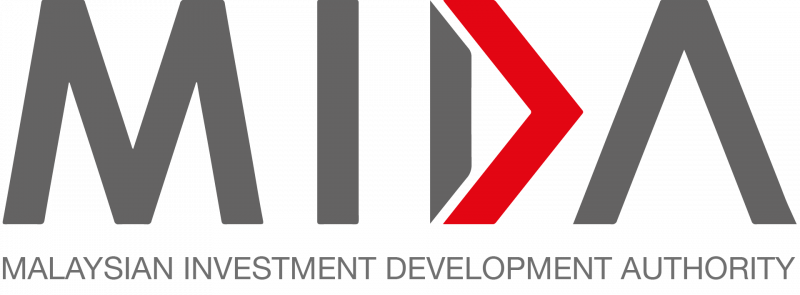Sime Darby Property Bhd will be developing additional data centres at Elmina Business Park following the signing of a new build-and-lease agreement with Pearl Computing Malaysia Sdn Bhd, with a 20-year lease value of up to RM5.6 billion.
In a statement today, the group said the data centre facilities will be developed to meet customised specifications and infrastructure requirements on a 31.16-hectare site at the business park, located near Pearl Computing’s first data centre.
It is currently under construction and targeted for completion in early 2026.
“Infrastructure development at the site is currently underway, with completion of construction targeted for 2026.
“Following that, the parties will enter into a 20-year lease with options to renew for two additional five-year terms,” it said.
The group said the deal realises its “Shift25” strategy by significantly increasing recurring income and expanding assets under management for its investment and asset management segment.
Meanwhile, its group managing director Datuk Seri Azmir Merican said the presence of these data centres in the business park enhances Selangor’s attractiveness as a key digital hub for Malaysia, buoyed by Selangor’s well-developed infrastructure, business-friendly policies, and collaborative efforts of authorities.
This agreement builds on Sime Darby Property’s maiden data centre collaboration, announced in May this year, which marked the group’s entry into the data centre segment.
Source: Bernama
Sime Darby Property to build new data centres in Elmina
Content Type:
Duration:


